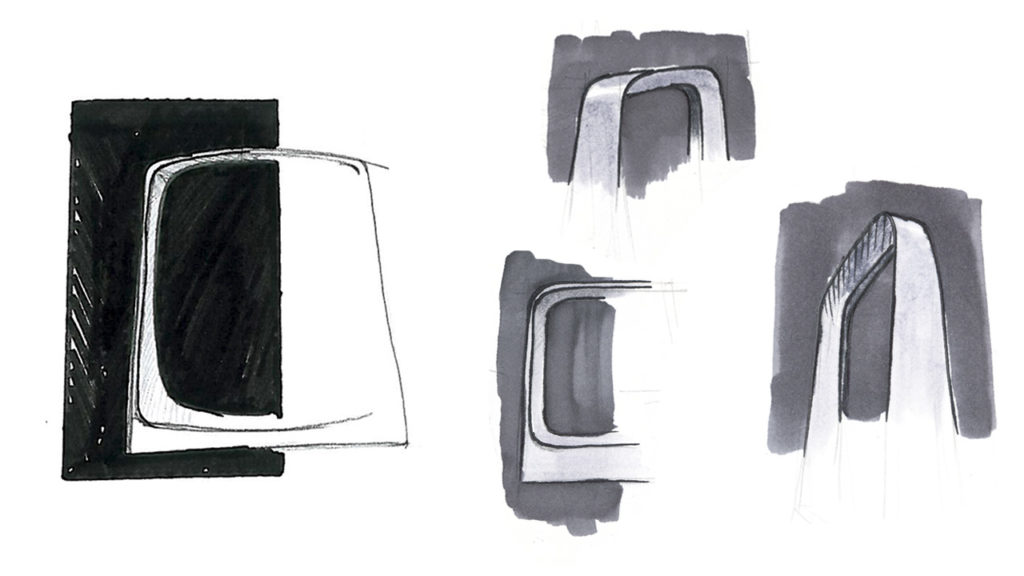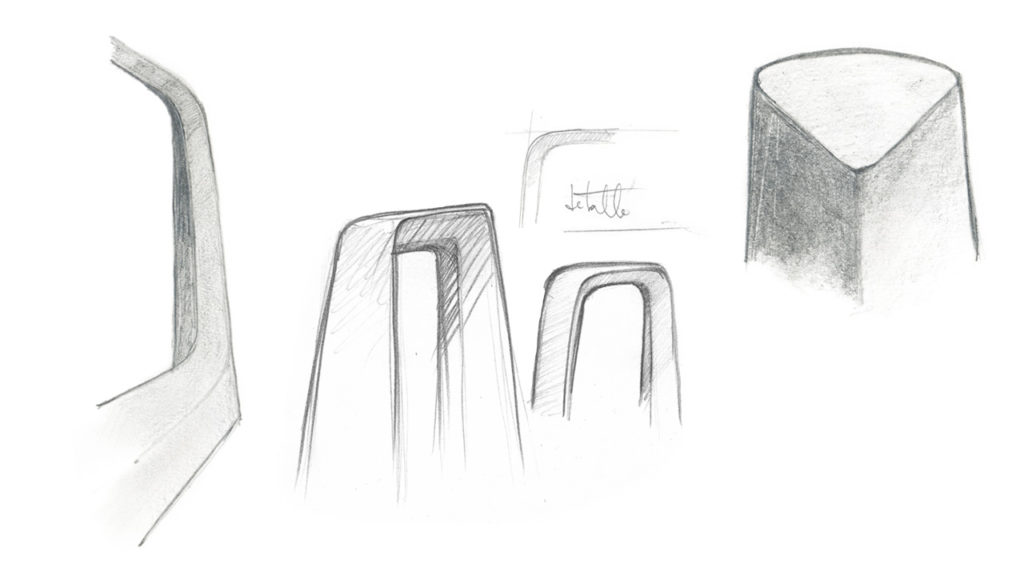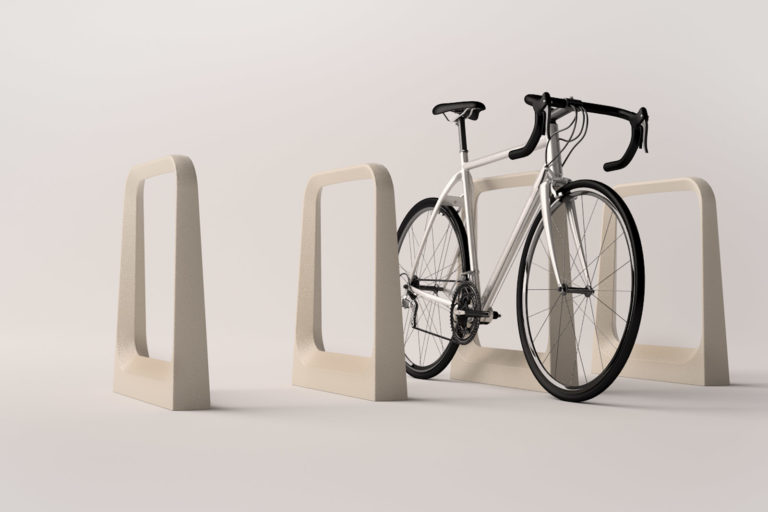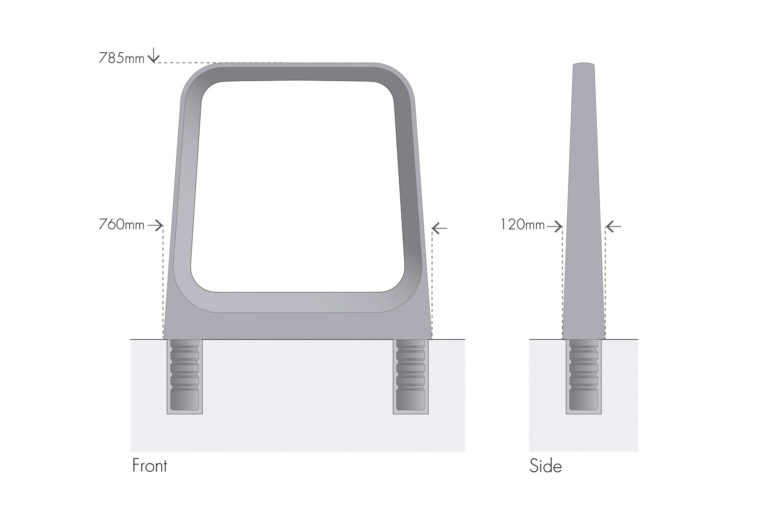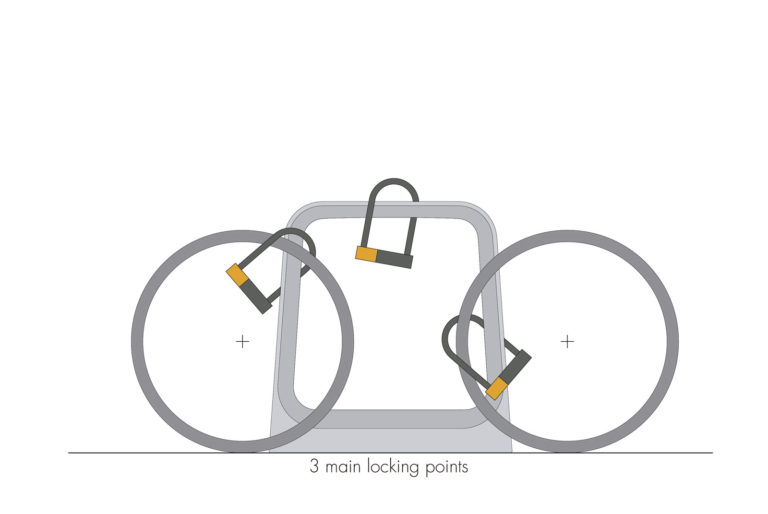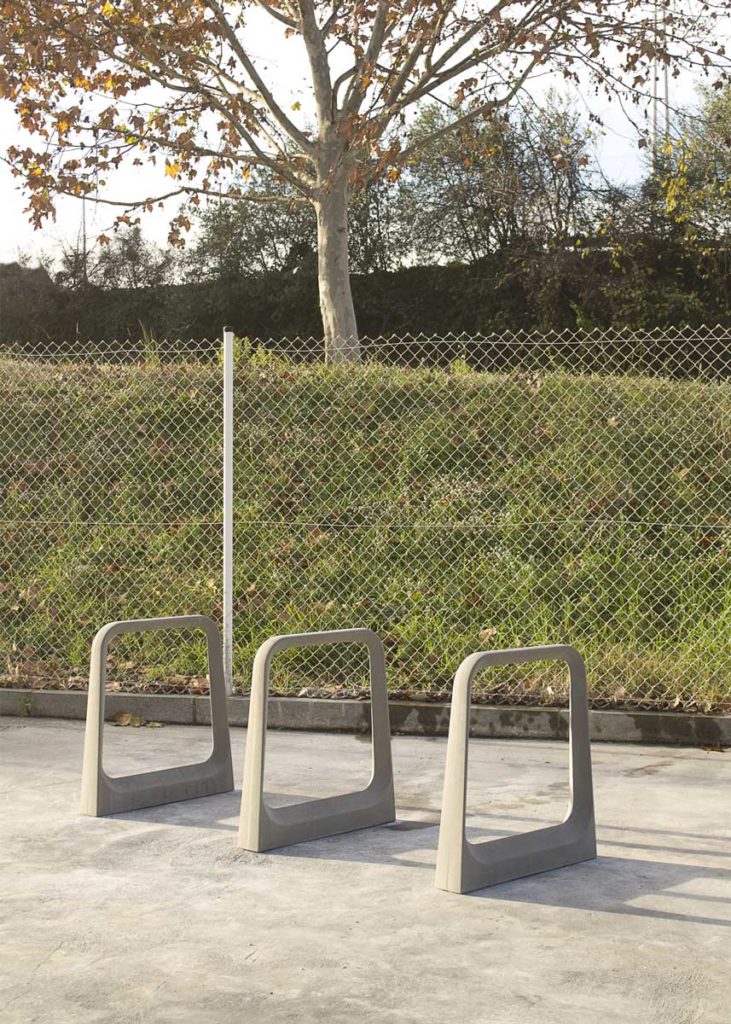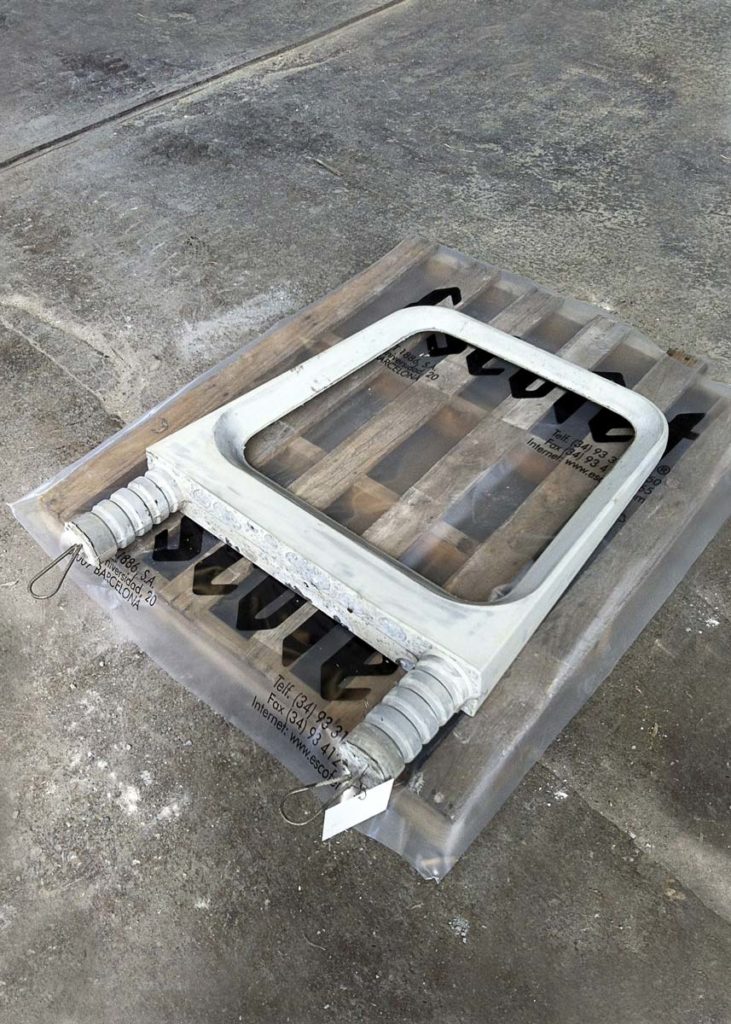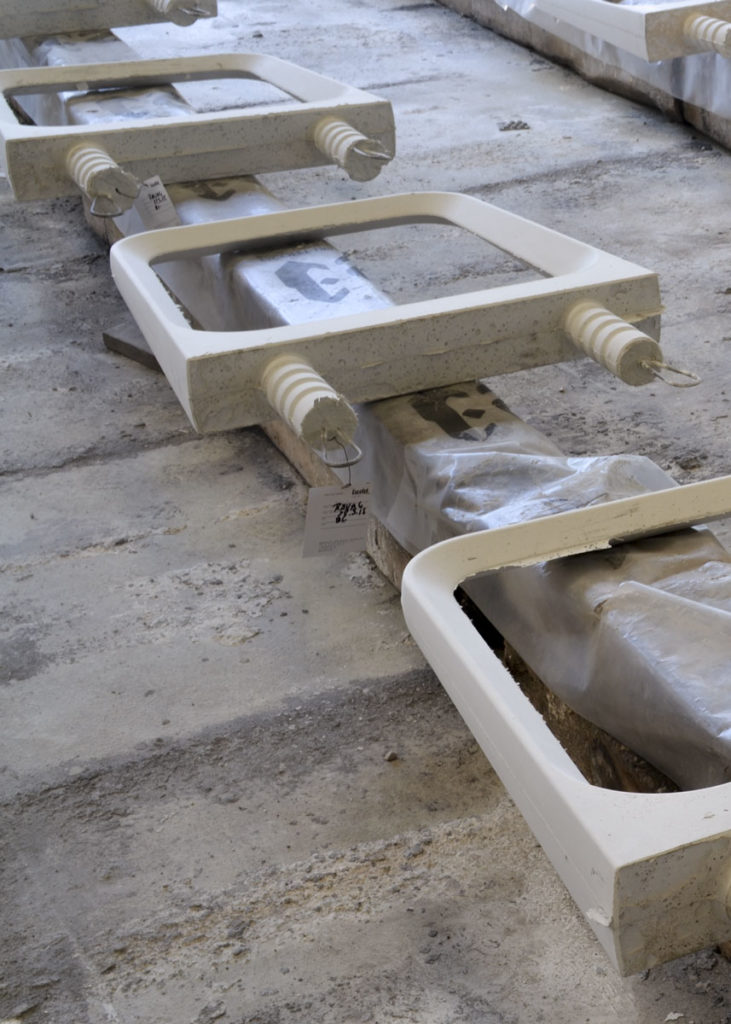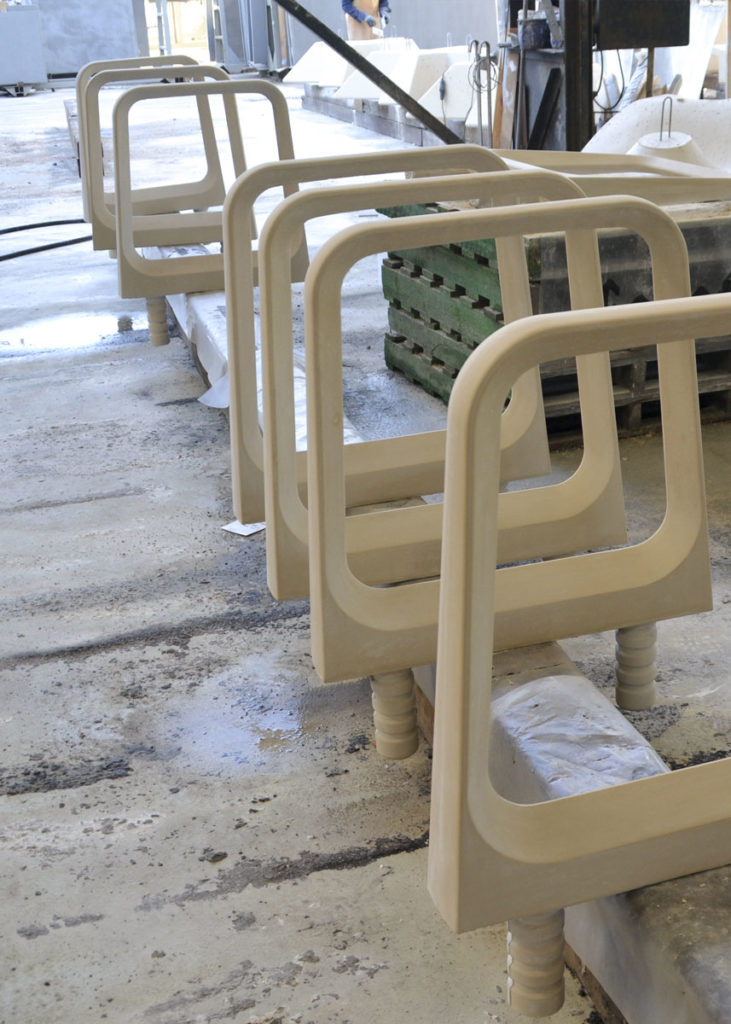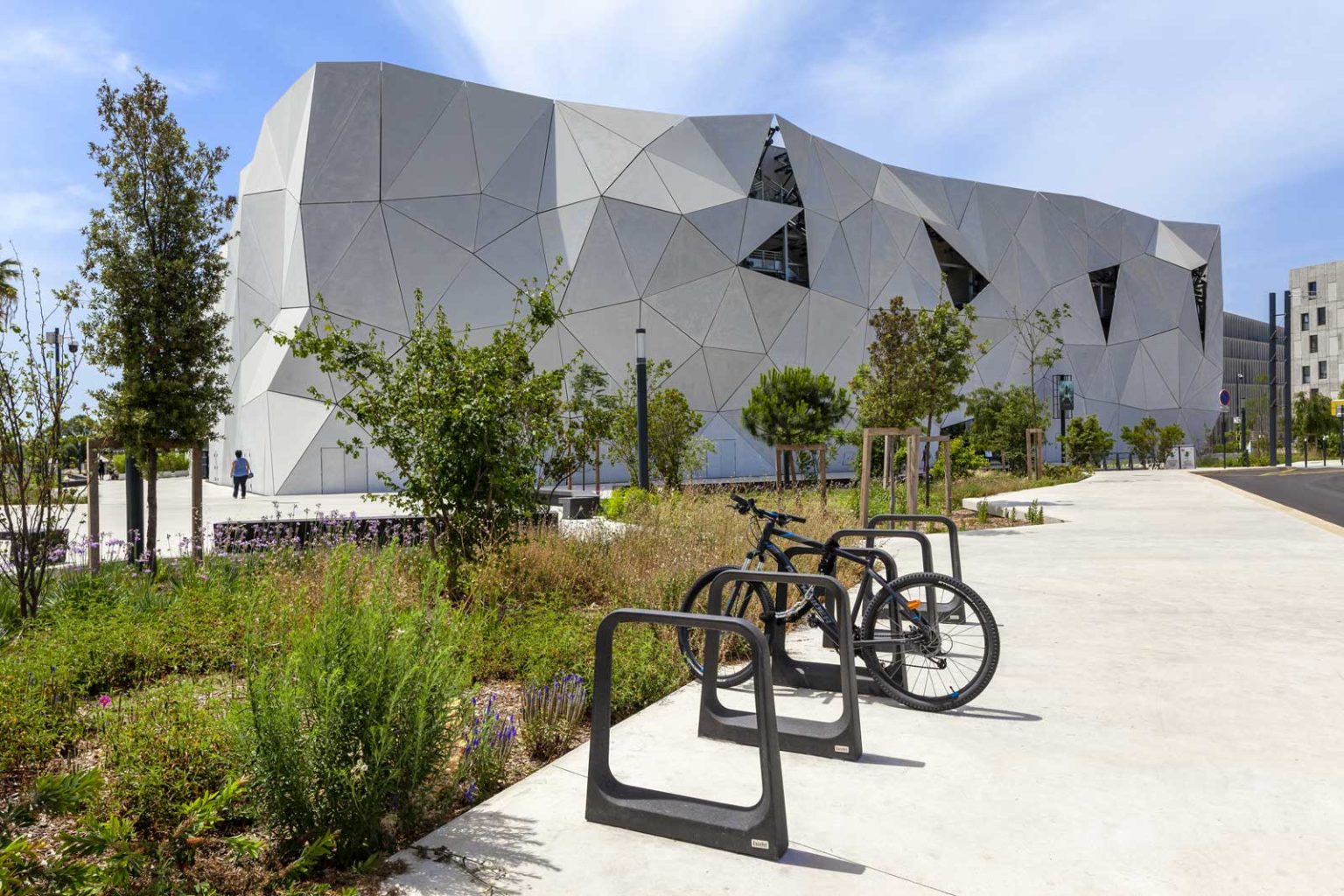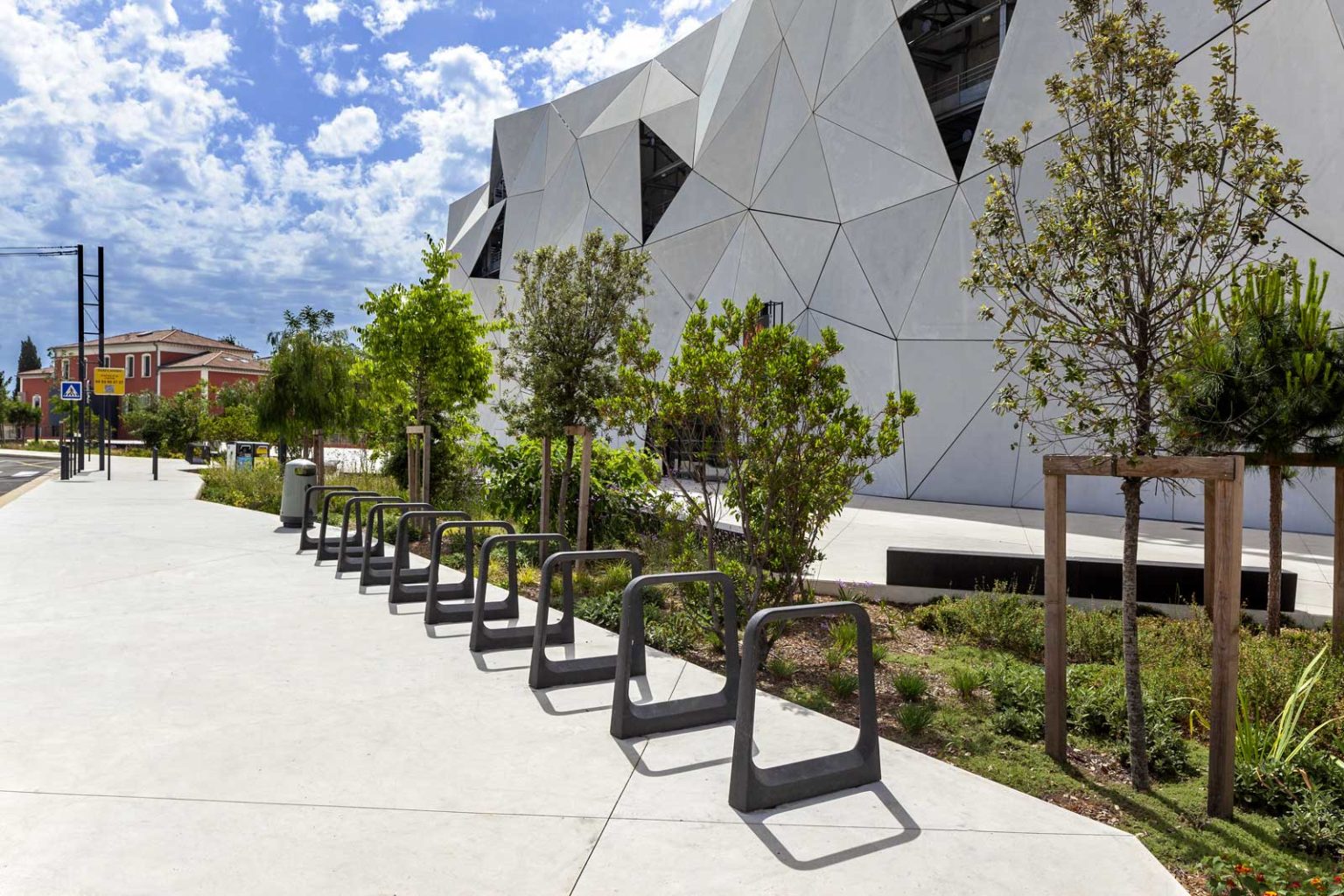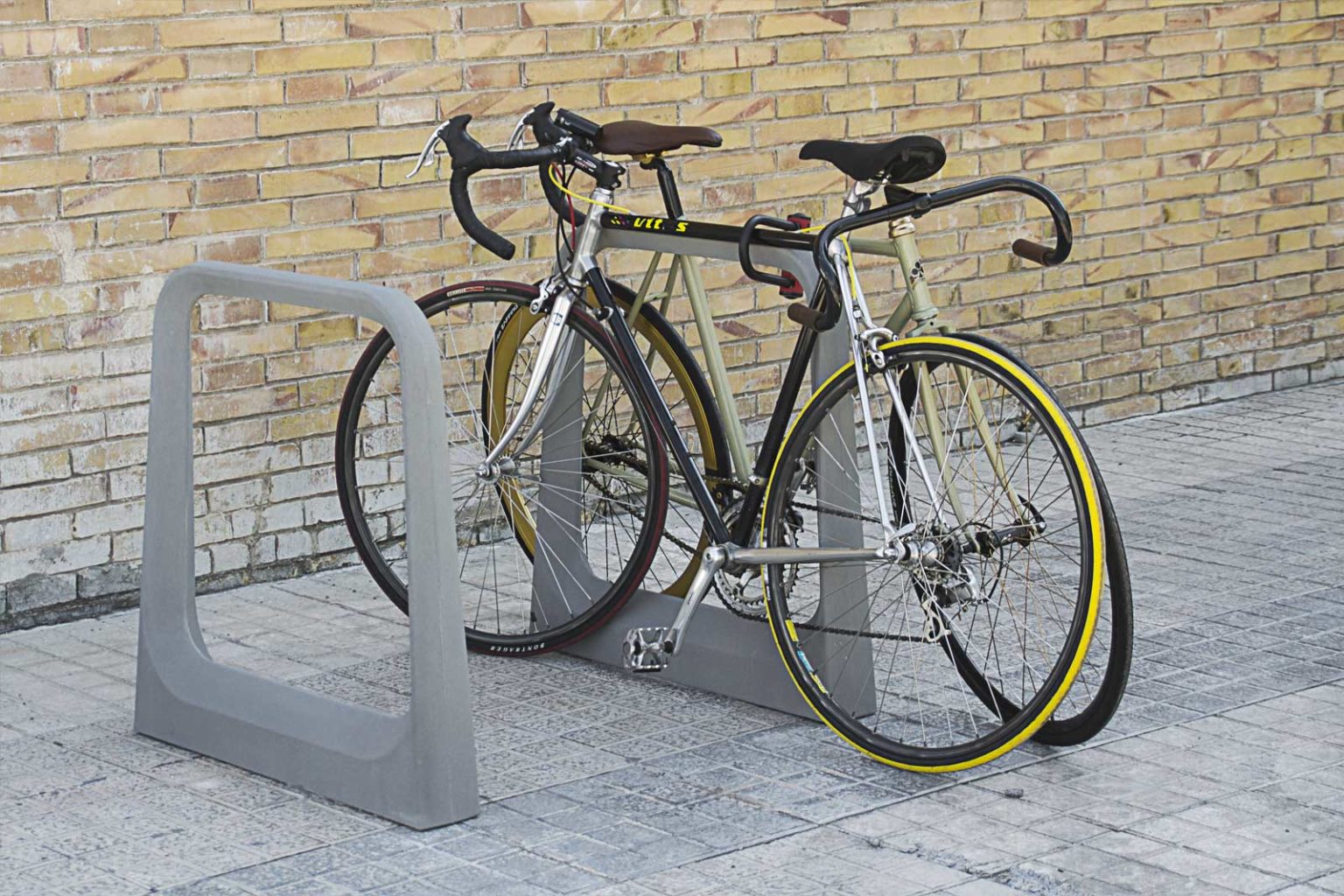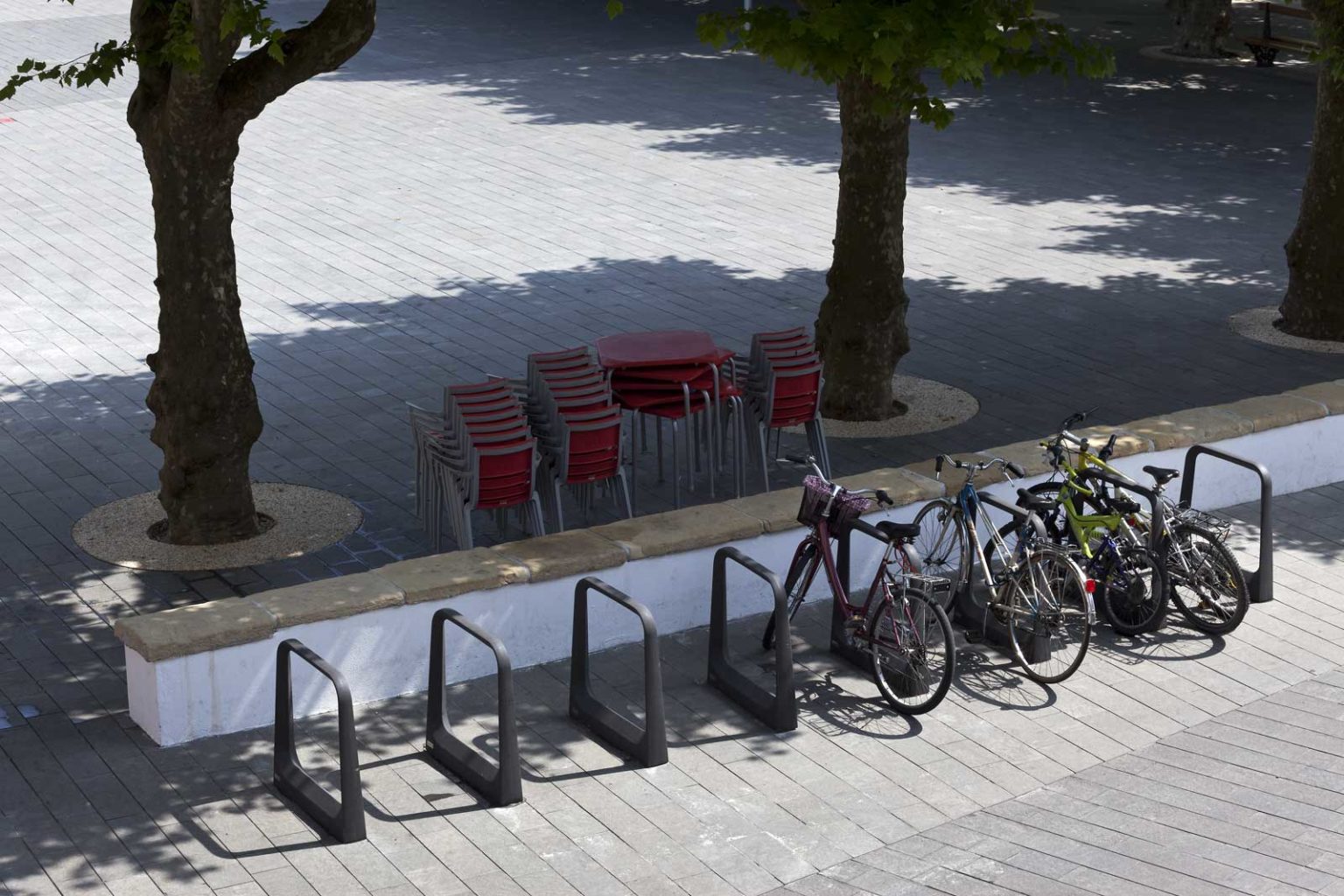
RAVAL bike rack | Urban Furniture
Summary
Although having a successful catalog of urban furniture and landscape elements, Escofet 1886 was still in need of a bike rack that was both unique and competitive. Raval translates the universal inverted U structure to the company’s core business: concrete, and takes advantage of the UHPC material and the casting technology to propose a contemporary design that can be used extensively in any urban context.
The client
Escofet 1886 is a renowned company from Barcelona specializing in urban and architectural elements. They are known for their innovative designs and high-quality products in areas such as street furniture, landscape architecture, and concrete solutions for public spaces. Escofet 1886 has a long history dating back to its founding year in 1886 and has collaborated with numerous architects and designers to create distinctive urban environments.
Process Overview
Click on title to jump to section
- Context
- Concept
- Design development
- Prototyping
- 3d Modelling
- Industrial feasibility
- Presenting Raval
- Awards
The Team
- Martin Caneda
- Gerard Arque
The Context
In the last years bicycles have, for several reasons, made a huge comeback, especially as urban transportation. With the number of cyclists growing steadily cities started accomodating by implementing bicycle specific equipment such as bike lanes, specific traffic lights and of course, bike racks.
The most common design in the market is the inverted U model (and its variations) made out of bent steel pipe, produced by countless companies because of its simplicity and rights free design. It is safe to say that in a market populated with endless variations of the same product, price is the main decision maker.
The concept: innovation & design
The main objective of the Raval project, was to design and develop a price competitive urban bike rack, with the same functionality and simplicity of the inverted U shape, using the material and the technology Escofet excels with (cast concrete) and with a design that could be registered and sold exclusively.
In terms of usability, the requirement was to keep the 3 main locking points: front and back wheels and frame top tube, in order to accommodate as many different types of bicycles as possible and offer cyclist as many options to lock their bikes. The rack had to allow the use of different locking methods: from cable to U-Locks.
Closing the loop
From padlocks and U-locks came the idea of closing the traditional “U” shape at the bottom, reinforcing Raval’s stable and secure look: the bike is locked to an element which is not only fixed to the ground but is also a closed link. The resulting base gives entity to the object, a visual anchor that communicates security.
Raval’s contemporary and essential look was achieved taking maximum advantage of both the moulding technology and the UHPC concrete to create smooth surface transitions and minimalistic thicknesses.
Product development
The initial sketches were translated to a CAD model to start industrial development. In close collaboration with the engineering team, the design was refined to ensure technical feasibility, allowing good mould material flow to avoid defects and/or finishing touches. During this phase, we also worked on ways to simplify installation: the mono block design incorporates 2 corrugated anchor feet to speed-up installation and assuring secure attachment to the ground.
Presenting Raval
Released in 2013, and named after the famous Barcelona quartier, Raval is a slim yet sturdy bike rack with a contemporary design providing a secure spot for locking 2 bicycles. It is especially suitable for urban environments, as its resilient UHPC concrete body has excellent structural strength and is virtually maintenance free. Unlike its metal competitors, it won’t rust and the mass coloured body won’t get scratched or chipped ensuring a long life cycle. Raval was selected for the 2013 Delta Awards 2013, and finalist of the Design Europa awards in 2016.
